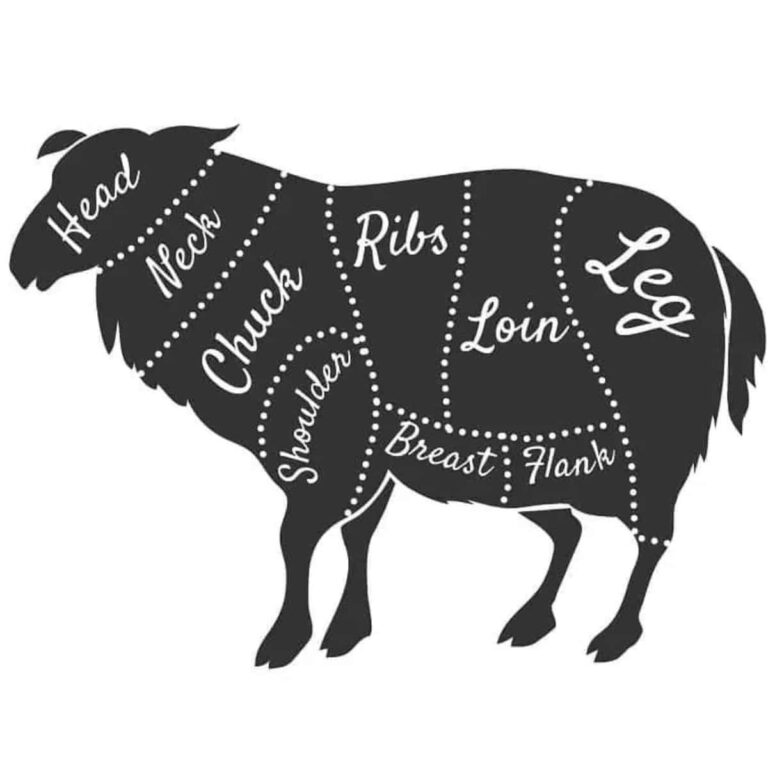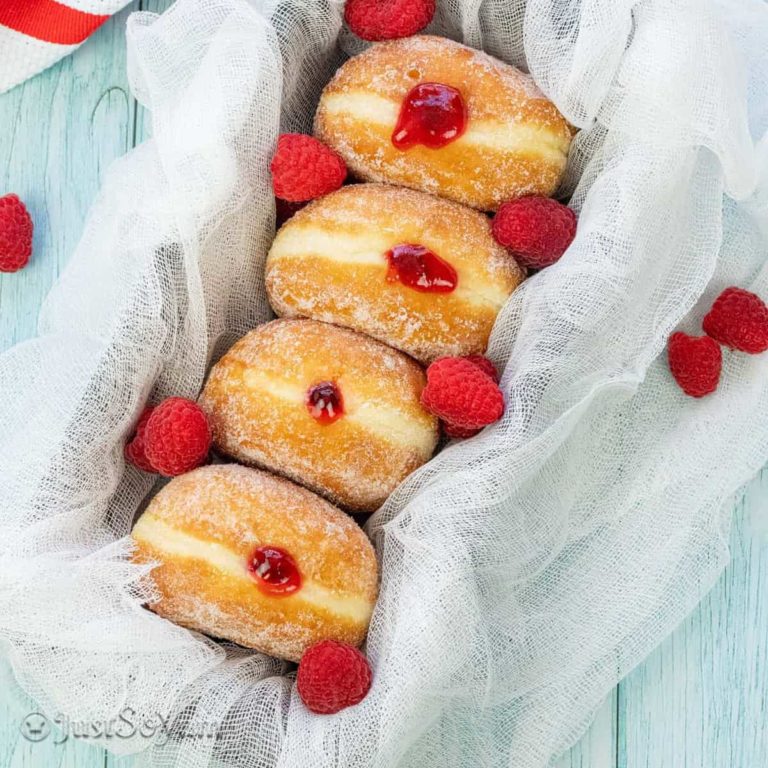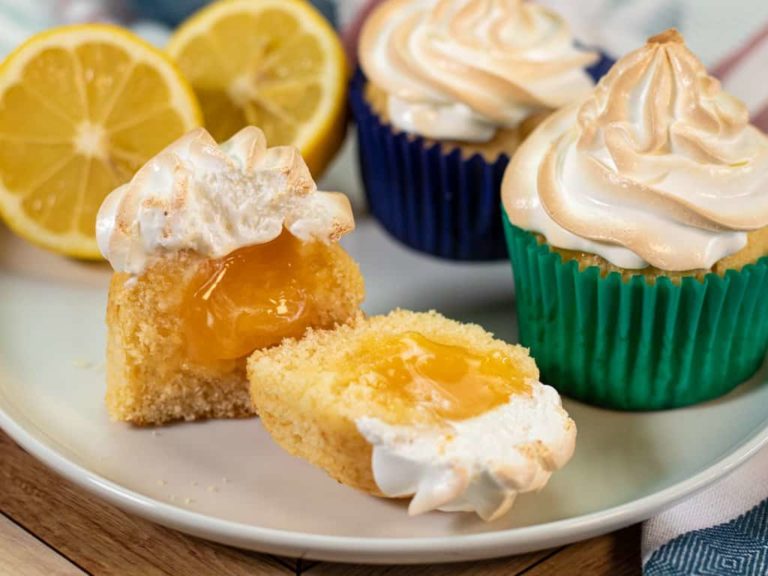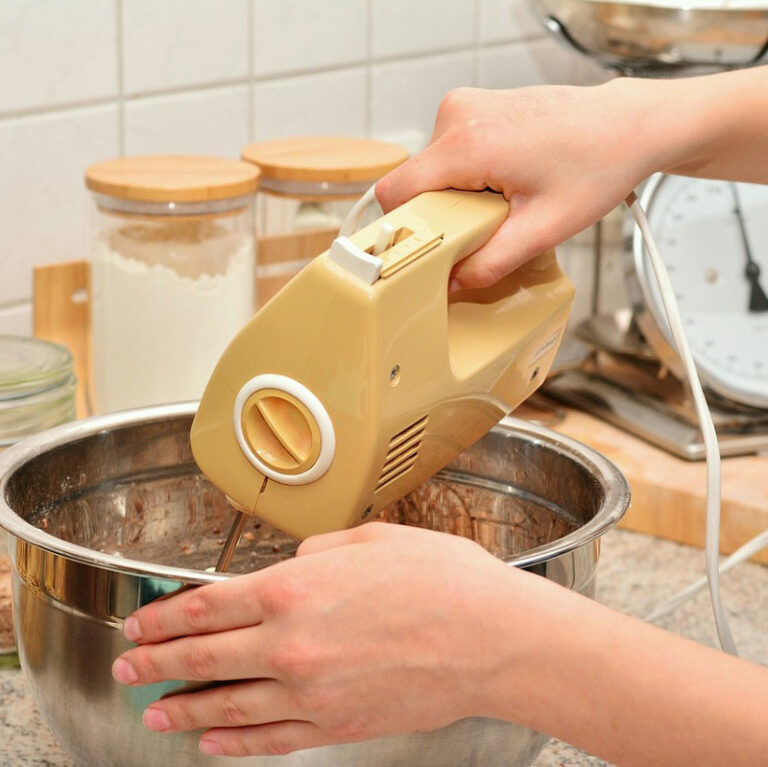What You Need To Know To Bake A Cake Successfully
To be able to bake a cake successfully, the most obvious answer is to make sure you follow the recipe.
However, this is not always the case. You can follow a cake recipe exactly, and it can still turn out, dry, cracked or under baked.
Ask yourself, have you ever baked a cake and it has come out a masterpiece, then you go to bake it again, and it has turned out a disaster.
This has happened to me many times, so you are not alone on this.
The secret to baking a cake successfully every time is not just following the recipe. But it is in having the butter and eggs at room temperature.
Creaming the butter till it is pale and not over mixing once the dry and wet ingredients go in. Your oven can play a big part also.
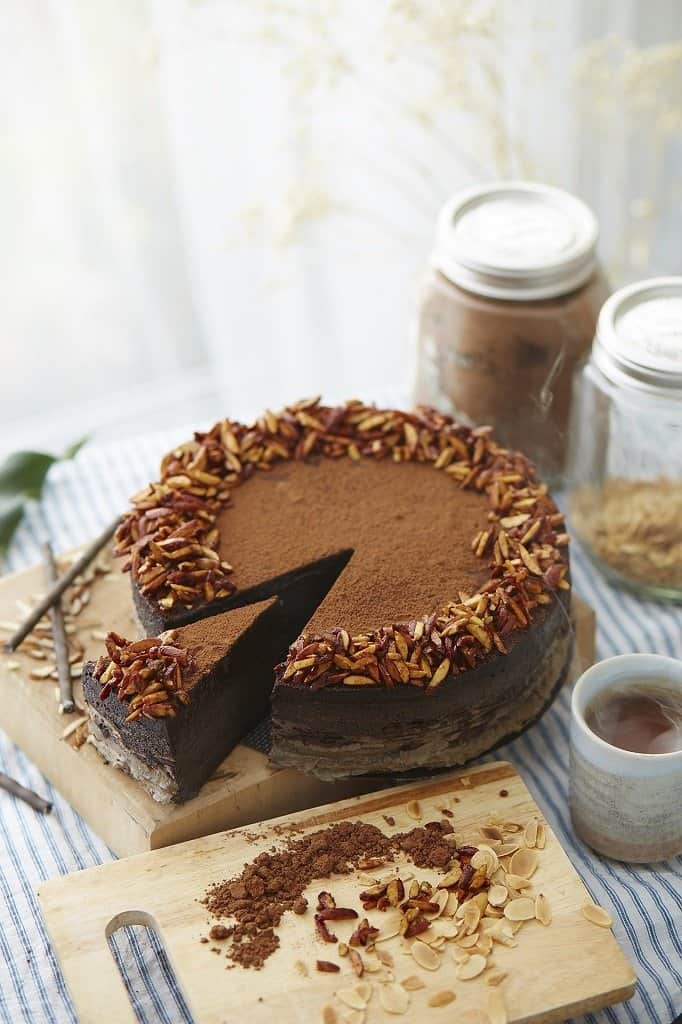
Why your butter needs to be soft and at room temperature.
Every tried to mix butter straight from the fridge, it is not that easy to do. So you need your butter to sit a while on the kitchen bench until it is soft enough for your mixer to cream.
Feel free to cut up your butter into cubes and measure it first, sometimes this can help the butter to reach room temperature faster.
Having the butter at room temp will also allow it to combined better with the other ingredients.
Why do you need to cream butter well?
The one thing you must always remember to do is cream your butter and cream it well.
This is usually one of the first steps for cake and cupcakes.
Creaming your butter helps air to get trapped in the butter, making your cake or cupcake to become fluffier during the baking process.
To know when your butter has creamed enough, it should be pale yellow colour and look fluffy.
When you cut a slice of cake or break open a cupcake and see the holes inside, this is caused by the air pockets. Making the cake soft and fluffy.
Be careful not to have your butter too soft though. During the creaming process, it will create the air pockets, but as the butter is too soft, it will not be able to hold the air, and the pockets will collapse, causing your cake to not rise.

Why your eggs need at room temperature.
Although cracking and separating your eggs when they are straight from the refrigerator can often be easier to do.
You need to have your eggs at room temperature when you add them to your cake mixture.
This will help your eggs to bond with the rest of the ingredients better, creating a smoother mixture. The cake will also rise better due to the number of air pockets that are created during the mixing process.
What does sifting your flour do?
When I was younger, I was always told that sifting your flour it to get out the lumps. And this is true and the main reason.
But over the years I have actually learnt that there is a little more to it than that.
Sifting your flour will make it lighter in weight due to the air being passed through the flour as you sift it.
It also helps it to combine better and more evenly with the rest of the ingredients that you are using.
If you are also using other dry ingredients such as cocoa powder, sift that together with the flour. Doing this will help them to go into the mixture and combine more evenly.
Also, remember to sift baking powder or soda if you are using that also to remove any lumps.
Do not over mix your ingredients.
When you are baking a cake or cupcake, creaming will take the longest to do. But when you add everything else, you should only mix until the ingredient has thoroughly combined.
There is a couple of reasons why you should do this, especially when it comes to mixing your flour.
Firstly you need to keep the air bubbles that you created while creaming your butter and sugar.
Secondly over-mixing your flour will cause the flour the gluten to form more elastic gluten strands within the mixture. This will cause your cake or cupcake batter to become more chewy and dense, instead of soft and fluffy once it is baked.
What is the right oven temperature for baking cakes and cupcakes?
Knowing your oven helps when baking. Cakes and cupcakes are usually baked at 160° Celsius or 320° Fahrenheit if your oven is fan-forced or Convection.
180° Celsius or 350° Fahrenheit is used for baking if you have a standard oven.
Cooking times can, however, depend on your oven. Suppose your oven is new or gets regular calibrated (serviced). In that case, you are going to be able to cook your cakes and cupcakes at the time specified in the recipe.
However, suppose this is not the case. In that case, you may find you will need to use an oven thermometer to check that your oven is heating to the correct temperature.
You may also find that you will have to adjust either the temperature of your oven and or the cooking time.
